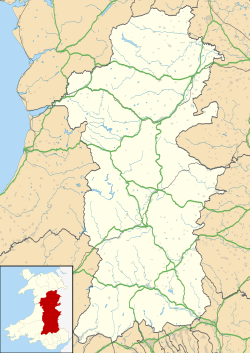The collection
The museum is based at The Barracks, Brecon, South Wales, and claims to have the finest collection of weapons to be found in any regimental museum in the United Kingdom. Its collection of guns shows the development of soldiers' weapons from the 18th century to the present. [4]
The museum's Medal Room contains about 3,000 medals. The Victoria Cross case in the main hall contains sixteen replica VCs which represent the originals which are owned by the regiment but which cannot be displayed because they are too valuable. The museum's greatest attraction is its Zulu War Room, which displays the exploits of the 24th Regiment of Foot during the 1879 Anglo-Zulu War made famous by the 1964 film Zulu , for action during the campaign the Regiment was awarded 11 VCs. Queen Victoria called the soldiers of the 24th Foot "The Noble 24th". [4]
The museum has an extensive archive which in particular relates to the Zulu War of 1879. Access to the archive collection is available to bona fide researchers by appointment. The museum also has an excellent collection of pictures, paintings, dioramas, drums, assegais, ammunition, buttons, badges and uniforms. [4]
This page is based on this
Wikipedia article Text is available under the
CC BY-SA 4.0 license; additional terms may apply.
Images, videos and audio are available under their respective licenses.

